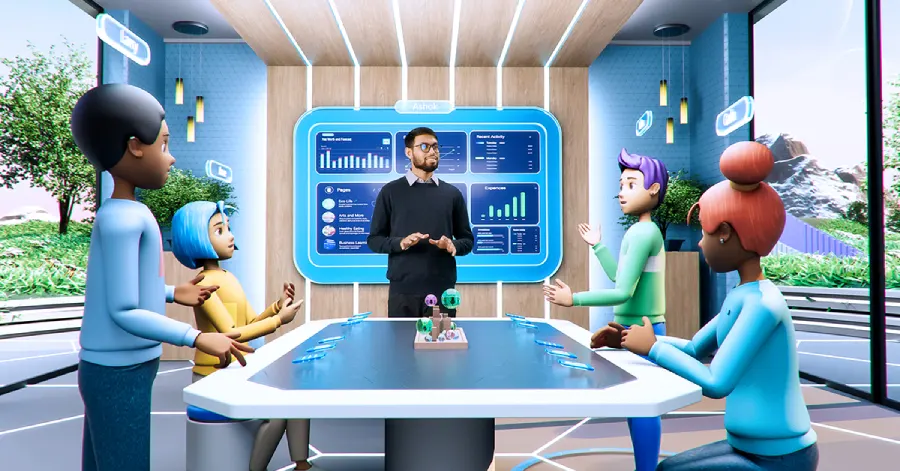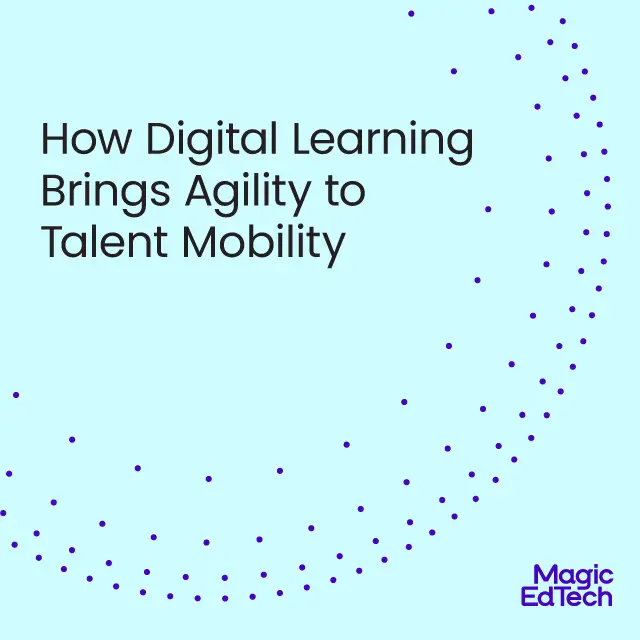Conjuring Real-life Scenarios Is No Longer a Challenge With Immersive Training
- 19 February, 2024
- Reading Time: 5 mins
Though most frontline workers (cashiers, paramedics, firefighters, police, tech support) receive some sort of in-person and workshop training, it is sometimes not enough. Compared to real-life scenarios – which are extremely stressful and chaotic (where the situation changes every passing second) – workshops and training manuals at best provide a very tame account of what could happen during an emergency. Hence, professionals who venture into a conflicting situation for the first time are often clueless (sometimes even after extensive training). They are often not equipped to handle an emergency and lack the necessary empathy, patience, and effective communication, that are learned on the job/acquired after years of experience. Unfortunately, time is scarce, and learning on the job is not an option as organizations require frontline workers to adapt quickly. So, if you have not thought about going beyond plain textbook training or time-consuming and bothersome workshops, then it is time to!
What is Immersive Learning?
This is where Immersive Training comes in. Only here instead of a real-life, scenarios that resemble real-life are created with the help of technology. Immersive learning is based on learning or gaining knowledge through direct, firsthand experiences and actively engaging/participating in an activity, instead of receiving information through textbooks, manuals, or digital media. For employees who are often at the center of some of the toughest jobs in the world – where they must employ tact and use verbal and body cues to tackle a situation on an as-it-unfurls kind of basis, simulations accelerate the learning that could have otherwise taken ages. The advantages, immersive training has over text-book learning are:
- It is not boring and encourages users to engage, think, act, and reflect.
- Help users decide for themselves what works best.
- Helps them manipulate situations – provides an opportunity to improvise and improve.
- Enhances collaboration and the learnings are more likely to stick for longer.
Navigating Angry Conversations: When Manuals/ Textbooks aren’t Enough
Today, most of the global workforce is engaged in activities requiring them to be trained in handling some critical conditions. Whether it is a customer service agent handling an irate customer, a sales and marketing executive facilitating conflict resolution with multiple stakeholders and clients, or a frontline staff responding to a medical emergency, the ability to handle and defuse a difficult situation is a key differentiator. However, gaps remain in training. Often the format is bland. The content is text-heavy and as a result despite completing the training, the knowledge is not retained, which is not the case with immersive training that employs behavioral and cognitive science to deliver knowledge. Then the lack of checks and audits means that managers have no visibility into the skills gained. Also, the textual content can become outdated soon, and it makes little sense to plow into tons of information when bite-sized learning would suffice. In an immersive training that is short and crisp and is delivered in video, graphic formation is more engaging and helps retain knowledge for longer.
Let’s take the example of NHS and how a VR training tool/module “Navigating Angry Conversations” has been helping the organization imparting training more successfully in dealing with confrontation using an immersive VR environment. Participants are also provided feedback on their actions during the interaction. Responses such as dialogue and speech patterns, as well as eye- and gesture-tracking, are used to map their interactions. The immersive training program also makes it possible to watch performances and learn from mistakes, which is critical to ensuring that frontline staff are thoroughly trained.
Essentials of Immersive Learning
As with any training or learning experience, there are some essentials or key pillars upon which the framework rests. In the case of immersive learning, first-hand experience is a key requirement. Experience is the most important aspect of immersive learning. Here active engagement and firsthand participation create a dynamic environment for effective knowledge absorption and skill development. Other important yardsticks for highly-impactful immersive learning modules are:
- A mix of multiple disciplines: It involves elements of psychology – (behavioral and cognitive learning), technology – (AI, VR, Augmented Reality), instructional design, UX design, Data Science, Creativity (Filmmaking), etc.
A. Psychology: While Cognitive Psychology is concerned with the study of mental processes, including how people acquire, store, process, and use information, behavioral psychology focuses on also known as behaviorism, emphasizes observable behaviors and the impact of the environment on behavior.
B. Technology: While immersive learning is based on behavioral and cognitive psychology, it uses the best of tech to create the effects for an immersive experience. For example, AI-powered chatbots are used for simulating conversations and for providing personalized feedback. Gamification is another important aspect of user engagement. We cannot but forget the role of VR and AR which is used for simulating environments and for tapping real emotional responses for making the training impactful.
- Absorbing and engaging content that is almost real: Though it mimics real-life conflicting and challenging situations, it is extremely absorbing and provides a realistic and interactive environment. One does not have to go through a lived experience, to understand the nuances of a particular situation. With highly simulated content, the user gets an idea of what it is like.
- Provides multiple chances: Unlike real life where second chances are rare, the use of interactive tools helps the user understand where they are lacking and how they could improve performance. Through these immersive and realistic scenarios, the user gets a first-hand account of how best to deal with social challenges with empathy and awareness.
- Raw data for greater insights: There is also raw data generated that could come in handy if it is properly used. It can be a powerful tool for assessing candidate performance and outcomes – finding out whether they are the right fit for a role. When it comes to immersive learning, greater value can be utilized if data gathered on usage, performance, attention, and engagement is used for generating valuable insights.
The Future of Learning is Immersive
As we move forward into 2024, organizations and in particular HR and L&D teams need to rethink their strategy when it comes to training and development. Textbook training has become outdated and workshops and in-person training are expensive and time-consuming. While digital is the way forward, content overload does not deliver the best results especially when it comes to empathy training and customer service. This is something that is best learned on the go or through immersive training. So whether it is hiring, onboarding, ongoing training, or upskilling, immersive training does make a difference. For more information, get in touch with us today.






